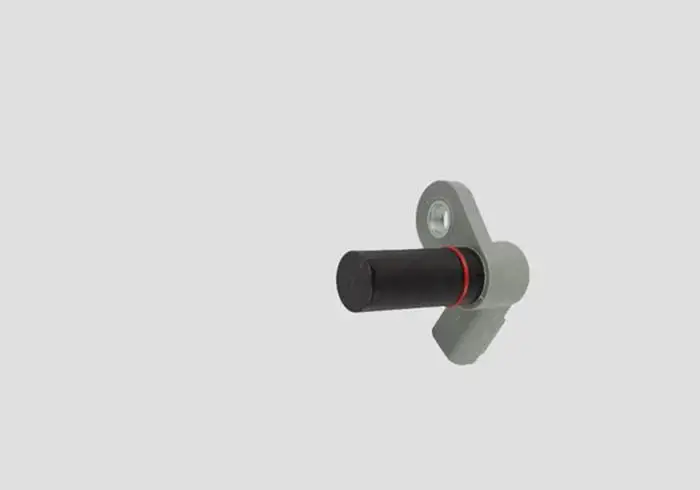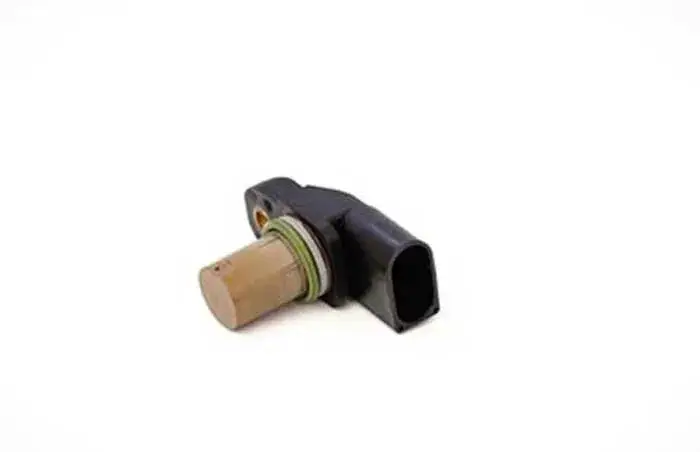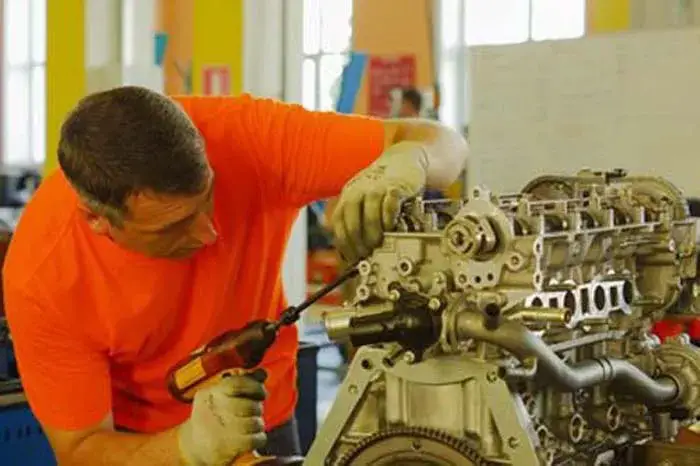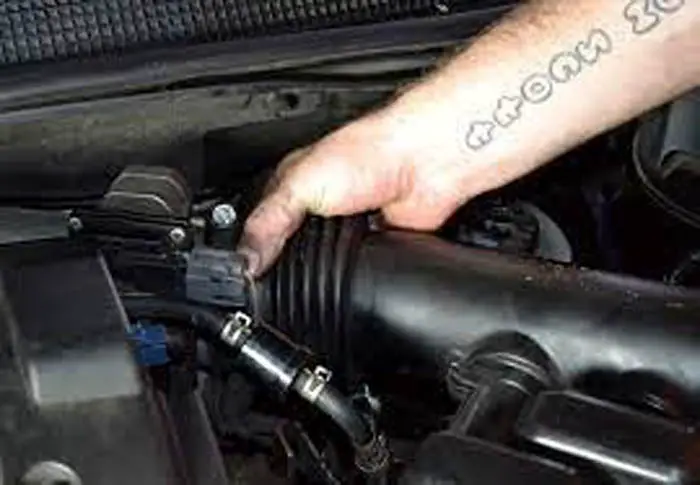
The camshaft position sensor is a vital engine management component that helps determine the position of the camshaft relative to the crankshaft. The engine control unit can adjust the timing of the spark plugs and fuel injectors for ignition by receiving a signal from the camshaft position sensor to ensure optimal engine performance.
With a bad CMP sensor, your car’s engine will not run properly. The car will not run correctly if the sensor is not working properly. Most modern cars generate check engine light when they detect such malfunction using their onboard diagnostic systems (obd2). This warning light comes again if the original reason is not targetted. Replacing the sensor is a common repair, but sometimes the problem still persists. In this article, we’ll discuss what to do if you replace your CMP sensor but still get a code P0340.
In this powerful article, you will learn the five reasons why the CMP sensor was showing code after replacing the camshaft position sensor and how to fix it.
Replaced Camshaft Position Sensor But Still Get Code
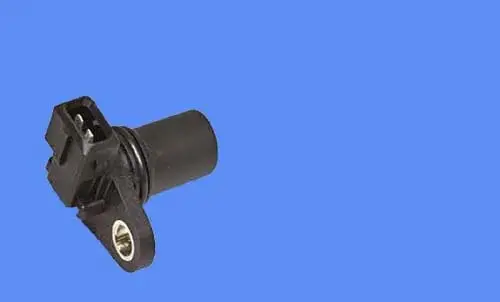
The camshaft position sensor of the vehicle is one of the most important sensors and is crucial for the proper running of the vehicle. If the cam position sensor of the car gets damaged or goes wrong, the vehicle will show difficulty in starting and will stall and sputter while running.
To make sure that your vehicle runs smoothly, you must keep checking the CMP sensor of the vehicle as soon as it shows the symptoms of going bad or faulty.
P0011 and P03340 are some of the codes that are related to the camshaft position sensor of the vehicle and are in effect most of the time when the CMP sensor of your vehicle is faulty.
The P0340 error code is a common diagnostic trouble code (DTC). P0340 code can be caused by any problem with the camshaft position (CMP) sensor circuit. This sensor is responsible for monitoring the position of the camshaft and relaying that information to the vehicle’s powertrain control module (PCM). If the PCM detects an issue with the CMP sensor, it will trigger the P0340 trouble code which mostly depicts camshaft position sensor replacement.
What To Do After Replacing Camshaft Sensor: Tips And Tricks
5 Reasons Of The Error Code P0340 Persist After Replacing The Camshaft Position Sensor
Once you have replaced your old faulty camshaft position sensor, the error codes shown on the OBD screen will most probably go away when you erase the fault codes and rerun the diagnostic test.
There are certain conditions in which the fault codes on your Obd-ii scanner pertain even after replacing the camshaft sensor with a new one. Many drivers felt that disrupting the signal from the CMP sensor can cause misfires and sub-optimal fuel-to-air mixtures. Here are the possible causes behind the fault codes on the screen:
- The new camshaft position sensor may be faulty or defective.
- There are wiring issues with the circuitry of the cam sensor. Wrong sensor wiring order, bad grounds, loose connections of electrical connectors, or damaged wires can cause problems with the wiring.
- There are certain errors in the PCM of the vehicle.
- The reluctor ring of the vehicle’s crankshaft is broken or damaged.
- A problem with the engine timing belt or the internal components of the vehicle can cause the code coming again.
It is important not to overlook the CMP sensor circuit fault and to thoroughly investigate all potential causes to determine the specific issue.
How To Diagnose & Fix The P0340 Code
Here are some steps for the diagnostic procedure and fixing a P0340 code:
- Check The Wiring And Connector For The CMP Sensor: Inspect the wiring and connector for the sensor for any damage or corrosion. If the wiring appears to be in order then check all the connections are clean and secure. If you find any issues, repair or replace the wiring and connector as necessary.
- Check The Camshaft Position Sensor: Check the CMP sensor for any visible signs of damage, such as a broken or cracked sensor housing. Use a multimeter to test the sensor’s output voltage. The sensor should produce a consistent AC voltage while the engine is running. If the sensor is defective, replace it.
- Check The Timing Belt Or Chain: Inspect for internal engine components such as the timing chain or belt for any signs of wear or damage. A stretched or damaged timing belt can cause the CMP sensor signal to be inaccurate. If the timing belt or chain is damaged, it should be replaced.
- Check the Engine Control Module (ECM): In rare cases, the issue may be related to the ECU, it can be diagnosed by an experienced technician with the proper equipment.
It is important to note that if you are unsure or not comfortable with the process it is best to consult a professional mechanic if the scanner shows a code of defective sensor to prevent a further expensive repair, an experienced mechanic can check it and fix the problem.
If all the above steps do not help to fix the problem, you should consider taking your vehicle to an experienced.
FAQs
Some drivers may find it difficult or impossible to start the engine of the vehicle after ignoring the issue of the CMP sensor because ignition timing and other important factors are disturbed if your crank sensor needs replacement. Further, a bad cam sensor damages the internal engine’s component and even damages the engine if ignored for a very long time.
The crankshaft sensor and CMP sensor work to measure the engine revolution per minute but they are placed in different locations. The crank sensor is considered primary while the cam sensor is considered a secondary sensor.
Sign Up

